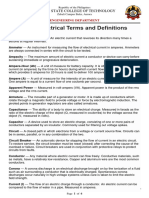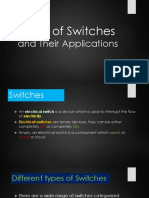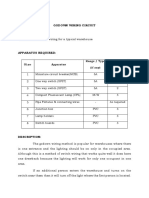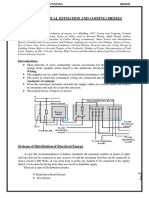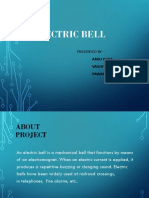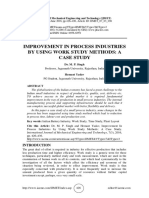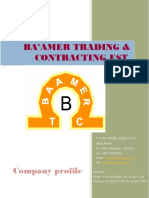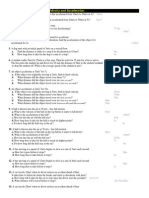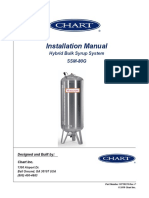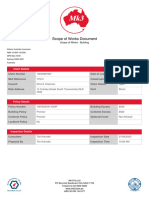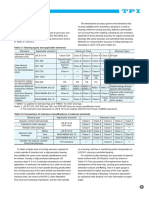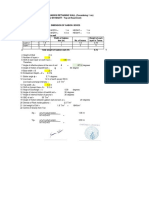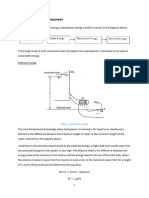0% found this document useful (0 votes)
13K views10 pagesCleat Wiring
The document discusses different types of electrical wiring systems including cleat wiring, casing and capping wiring, batten wiring, lead sheathed wiring, and conduit wiring. Cleat wiring uses wires attached to walls with cleats and is a temporary wiring system. Casing and capping wiring runs wires through wooden enclosures but is now obsolete. Batten wiring attaches wires to wooden battens with clips. Lead sheathed wiring covers wires with a lead alloy sheath. Conduit wiring uses metallic or plastic pipes to encase wires and can be surface-mounted or concealed.
Uploaded by
Bhaswati PandaCopyright
© © All Rights Reserved
We take content rights seriously. If you suspect this is your content, claim it here.
Available Formats
Download as DOCX, PDF, TXT or read online on Scribd
0% found this document useful (0 votes)
13K views10 pagesCleat Wiring
The document discusses different types of electrical wiring systems including cleat wiring, casing and capping wiring, batten wiring, lead sheathed wiring, and conduit wiring. Cleat wiring uses wires attached to walls with cleats and is a temporary wiring system. Casing and capping wiring runs wires through wooden enclosures but is now obsolete. Batten wiring attaches wires to wooden battens with clips. Lead sheathed wiring covers wires with a lead alloy sheath. Conduit wiring uses metallic or plastic pipes to encase wires and can be surface-mounted or concealed.
Uploaded by
Bhaswati PandaCopyright
© © All Rights Reserved
We take content rights seriously. If you suspect this is your content, claim it here.
Available Formats
Download as DOCX, PDF, TXT or read online on Scribd
/ 10










